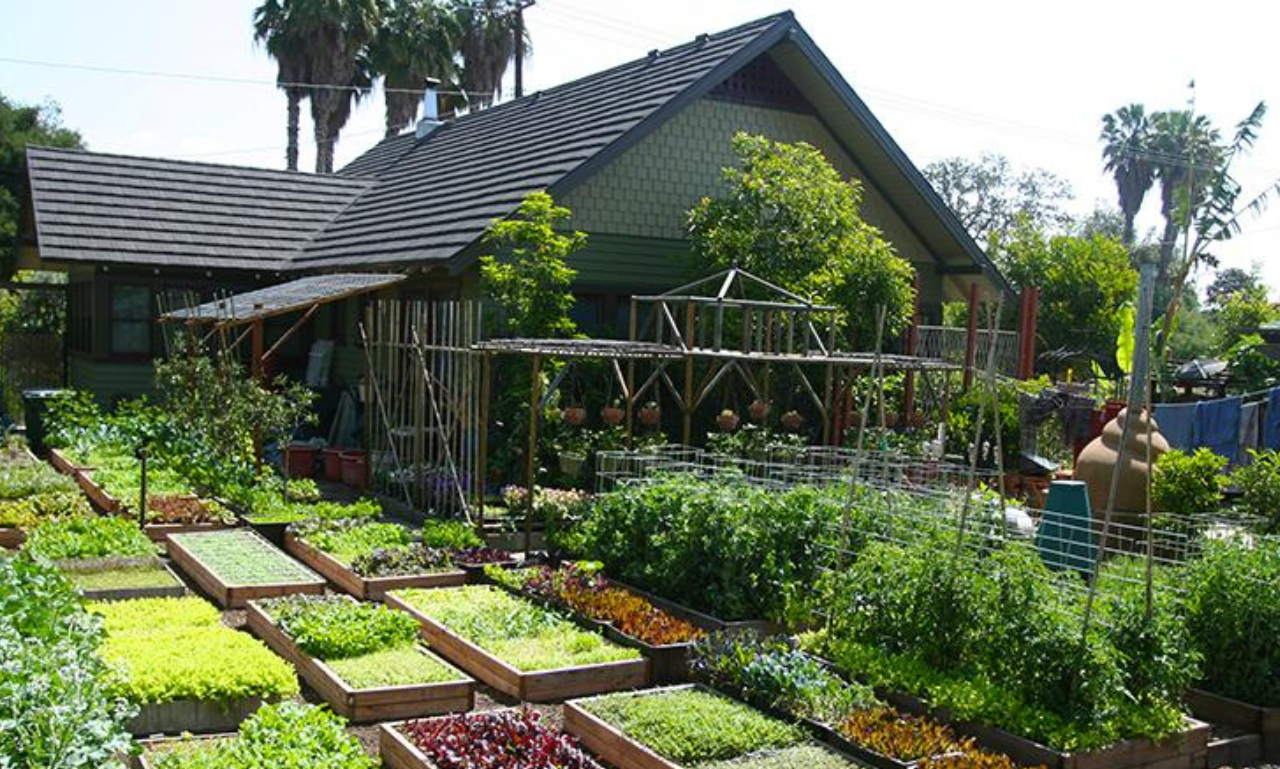How to Become a Gardener: Find empowerment in creating your own food security
$14.81
In an ever-changing world, where unforeseen challenges like pandemics and disruptions to the food supply chain can shake our sense of security, one invaluable solution emerges as a beacon of resilience: crisis gardening. The practice of crisis gardening involves strategically cultivating your own food at home, thereby reducing dependence on external sources and contributing to both sustenance and self-sufficiency. By harnessing the power of nature and employing thoughtful planning, crisis gardening has the potential to not only provide sustenance but also serve as a therapeutic and empowering activity.
Understanding the Foundation: Land and Crop Selection
The fundamental cornerstone of successful crisis gardening is the availability of land. The amount of space you have at your disposal significantly influences how much food your family can produce. While maximizing crop yield within a confined area is possible, more land generally translates to a greater abundance of crops. Research indicates that approximately 4000 square feet of growing space can sustain one person on a vegetarian diet for a year. This estimate takes into account the necessary space for pathways and storage, which adds another 4000 square feet to the equation.
When it comes to selecting the crops to cultivate, a strategic approach is vital. Focus on plants that your family genuinely enjoys eating, aligning your choices with your family’s weekly consumption habits. Different crops have varying yields and space requirements, highlighting the importance of making informed decisions. For instance, potatoes can yield between 75 to 200 pounds per person, carrots between 7 to 20 pounds, and tomatoes between 15 to 65 pounds.

Optimizing Space and Yield
Maximizing space and yield is a crucial aspect of crisis gardening. By adopting various techniques, you can extend the growing season, reduce losses due to pests and diseases, and ultimately produce more food within a confined area. Planting different varieties of crops helps stagger the harvest and prevent overabundance. Succession planting ensures a continuous supply of fresh produce, and the use of greenhouses, cold frames, or hoop houses can extend the growing season, allowing you to harvest fresh food year-round.
An essential strategy in crisis gardening is focusing on calorie-rich crops. Prioritizing foods like potatoes, corn, beans, winter squash, and grains ensures efficient energy and sustenance for your family. These crops serve as the backbone of your crisis garden, offering a reliable source of calories and essential nutrients.
The Benefits and Importance of Crisis Gardening
The benefits of crisis gardening extend far beyond mere sustenance. Growing your own food, irrespective of scale, provides you with fresh, nutrient-rich ingredients and the satisfaction of knowing exactly where your food comes from. Additionally, crisis gardening can substantially reduce grocery bills, contributing to financial resilience.
One of the most compelling reasons to embrace crisis gardening is its role in mitigating potential food shortages during crises such as the recent pandemic. The global disruptions in food production and supply chains have underlined the vulnerability of relying solely on external sources for sustenance. By setting up a crisis garden, you take a proactive stance in ensuring your family’s food security.
Steps Towards Effective Crisis Garden Planning
Creating a successful crisis garden requires thoughtful planning and execution. Here’s a step-by-step guide to help you get started:
Step 1: Categorize Your Crops
Divide your crops into three categories: staple, nutrient, and supplemental crops. Staples, such as potatoes and beans, provide essential calories. Nutrient crops, like kale and spinach, offer vital vitamins and minerals. Supplemental crops add variety and experimentation to your garden.
Step 2: Select Your Crops
Choose crops based on your family’s preferences, eating habits, and nutritional needs. Consider what you enjoy eating, what meals you typically prepare, and what suits your family’s lifestyle.
Step 3: Calculate Quantities
Calculate the quantity of each vegetable required per person for a year. Take into account both fresh consumption and storage needs. This step ensures you cultivate an appropriate amount of each crop.
Step 4: Source Seeds or Transplants
Source seeds or transplants based on your calculations from Step 3. Research reputable seed suppliers and keep detailed notes of your orders, including quantities and sources.
Conclusion: Nurturing Resilience Through Crisis Gardening
In an unpredictable world, crisis gardening stands as a beacon of resilience, empowering individuals and families to take control of their food security. By understanding the factors influencing food production, optimizing space and yield, and following a strategic planning process, you can create a thriving crisis garden that not only provides sustenance but also fosters a sense of empowerment, self-reliance, and connection to nature. As you embark on this journey of crisis gardening, you’re not just cultivating crops – you’re cultivating resilience and a brighter, more sustainable future.


